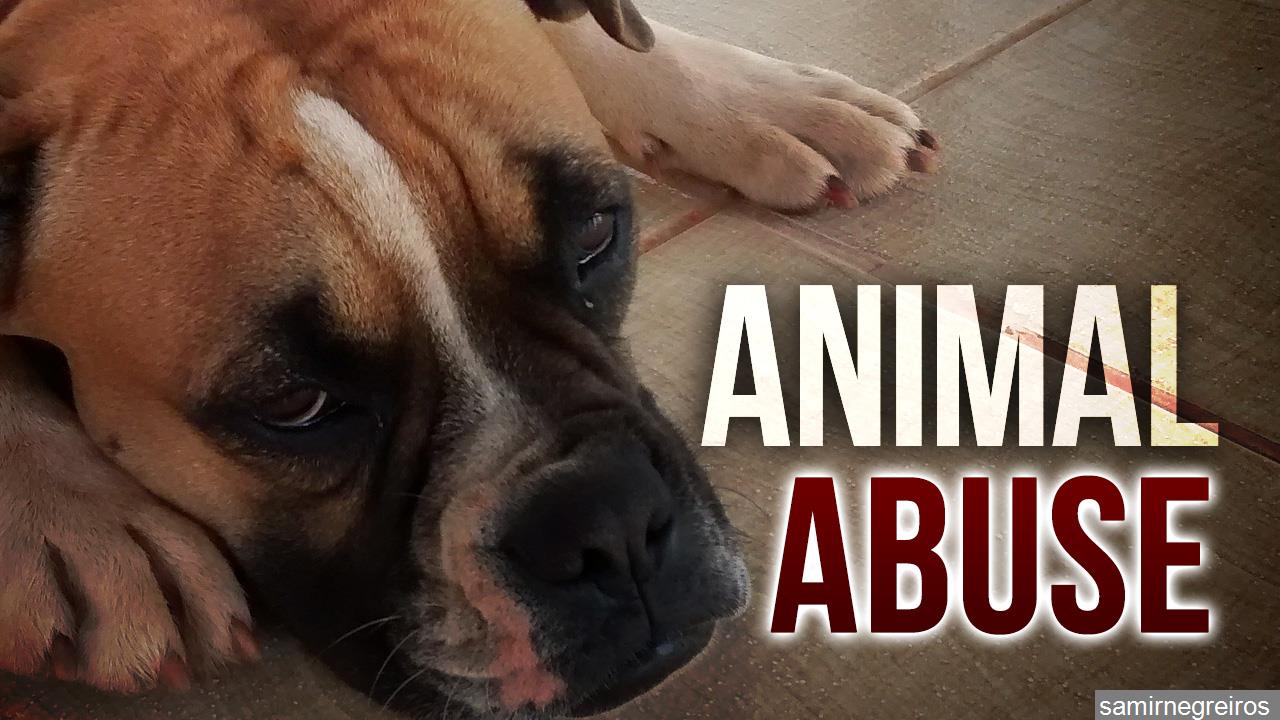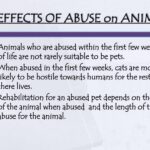Animal cruelty, a pervasive issue that transcends geographic boundaries, has sparked fervent debates about ethics, law, and societal values. The state of Oklahoma, like many others, grapples with the ramifications of animal abuse, leading to critical inquiries about the legal structures that govern it. This article aims to dissect the legal framework surrounding animal cruelty in Oklahoma, exploring whether it is classified as a felony and examining the implications of such classifications.
To begin, it is essential to delineate the various categories of animal cruelty recognized legally. Generally, animal cruelty can be bifurcated into two primary classifications: active cruelty and passive neglect. Active cruelty refers to the intentional infliction of harm upon an animal, often manifesting in physical abuse or torture. Passive neglect, conversely, concerns situations where an animal suffers due to inadequate care, such as malnutrition or lack of shelter. Understanding these categories is crucial to genuinely grasp the legal nuances surrounding animal protection in the state.
Oklahoma’s legal framework encompasses statutes that specifically address the treatment of animals. Under Title 21 of the Oklahoma Statutes, the state criminalizes acts of cruelty toward animals. The law categorizes such actions as either misdemeanors or felonies, depending on the severity of the offense. The pivotal question arises: when does animal cruelty escalate to a felony? In Oklahoma, an individual may be charged with felony animal cruelty if they intentionally harm or kill an animal in a manner deemed egregious or particularly heinous.
Moreover, the penal code provides additional context regarding what constitutes animal cruelty. For example, the law explicitly prohibits actions like beating, torturing, or even poisoning an animal. These stipulations are put in place not only to protect animals but also to establish a baseline of expected humane treatment, reflecting a moral commitment to safeguarding those who cannot advocate for themselves.
The penalties associated with felony animal cruelty in Oklahoma are significant. Those convicted can face considerable prison time, fines, or both, varying based on the circumstances surrounding the offense. In cases where multiple animals are harmed, the repercussions can multiply, emphasizing the state’s intent to deter potential offenders through stringent legal ramifications.
One compelling aspect of the discussion around animal cruelty laws in Oklahoma is the evolution of public sentiment towards animal welfare. Over the years, there has been a discernible shift in societal attitudes, with an increasing recognition of animals as sentient beings deserving of protection. This cultural transformation has prompted legislative adjustments aimed at reinforcing animal rights.
In 2022, Oklahoma took significant strides by introducing the PACT Act (Preventing Animal Cruelty and Torture Act), which designates deliberately causing harm to animals as a federal offense. While this act operates at the federal level, it underscores a broader movement towards stricter anti-cruelty laws across the nation, reinforcing the notion that cruelty towards animals cannot be tolerated.
However, the enforcement of these laws remains a critical area of concern. While Oklahoma has established robust statutes, the efficacy of these laws relies heavily on their implementation and the commitment of local law enforcement agencies to investigate and prosecute cases of animal cruelty. Public awareness campaigns play a pivotal role in this enforcement landscape, educating citizens about reporting mechanisms and advocating for responsible animal ownership.
The legal discourse surrounding animal cruelty extends beyond legislation; it intersects with advocacy, ethics, and community involvement. Organizations focused on animal welfare often collaborate with lawmakers to draft and promote legislation aimed at tightening regulations surrounding animal cruelty. Additionally, these entities engage in outreach efforts to inform the public about the importance of compassion towards animals and the responsibilities of pet ownership.
It is also noteworthy to consider the role of animal shelters and rescue organizations in addressing cruelty. These institutions frequently act as the frontline defenders against abuse, intervening when animals are at risk. The work they do not only involves rescuing and rehabilitating abused animals but also necessitates educating the public about humane treatment and the legal implications of cruelty. In this way, advocates are tirelessly working to effect social change alongside legal reforms.
As the conversation about animal cruelty evolves, so do the challenges inherent in crafting effective legislation. The interplay between personal freedoms and the well-being of animals raises ethical questions that lawmakers must navigate carefully. Furthermore, as technology continues to advance, new forms of cruelty may arise, necessitating continual updates and adaptations to existing laws.
In conclusion, while Oklahoma has made substantial progress in addressing animal cruelty through its legal framework, there remains an ongoing imperative for vigilance, education, and advocacy. As society’s understanding of animals’ intrinsic value deepens, it is crucial to perpetuate dialogue on the importance of robust animal cruelty laws. By nurturing a culture of compassion and respect for all living beings, we can strive for a future where animal cruelty is uniformly recognized as an intolerable offense, deserving of the severest penalties for those who perpetrate it.









